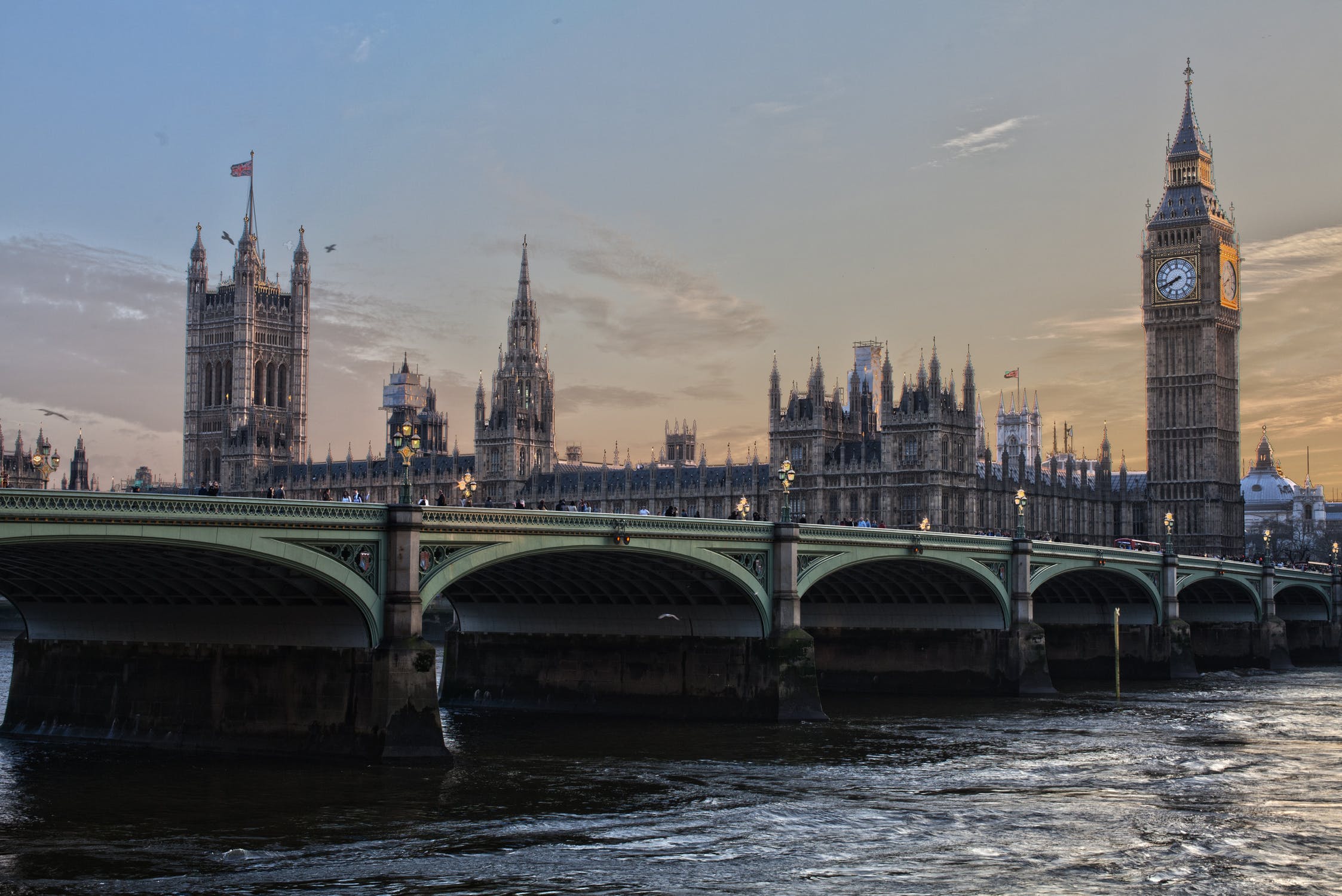The upcoming minimum contribution rise for those that have been automatically enrolled into a pension scheme will cause “minimal” opt-outs, according to analysis by Royal London.
In a new policy paper titled,What will be the impact of the April 2019 step-up in automatic enrolment contribution rates?, Royal London found that the increase to 8 per cent for the minimum auto-enrolment contribution, made up of 5 per cent employee and 3 per cent employer, is “highly unlikely to lead to large numbers of people to give up in saving in a workplace pension”.
Royal London said this is because the contributions are likely to be partly or fully offset for most people by pay rises and a more generous income tax system. This view is reinforced by analysis in the paper of the behavioural response to the first step up of auto-enrolment contributions in April 2018, when mandatory contributions rose from 1 per cent to 3 per cent.
The research analysed the impact of the April 2018 contribution rise in two ways - the proportion of people already in pensions who simply gave up as a result of the contribution rise (cessation rates) and the proportion of newly enrolled people after April 2018 who opt straight back out again (opt out rates).
In both cases, there was little change last year, for example between April and June, figures from the Department for Work and Pensions show that the percentage of newly enrolled workers who actively opted out of pension saving (rather than simply changing job etc) was less than 6 per cent, which was actually lower than in the previous quarter.
There was a small increase in the percentage of workers who ceased pension saving in the April-June 2018 quarter, but this increase occurred exclusively in higher income groups; this suggests that this was more to do with factors such as limits on pension tax relief for high earners rather than the rise in contributions under automatic enrolment, Royal London said.
In addition, industry estimates also suggest very little impact from the April 2018 changes. The three largest master trusts found that opt-out rates were unchanged in the second quarter of 2018 at around 6.2 per cent; cessation rates rose only slightly from 3.3 per cent to 3.5 per cent.
Royal London found that the opt-out rate for automatic enrolment schemes rose by just 0.4 per cent between the first quarter of 2018 and the second quarter of 2018; at 7 per cent this was actually slightly below the 8 per cent average for the whole of calendar 2017.
Furthermore, the paper points out that changes in pension contribution rates are not happening in isolation. April 2019 will see an above-inflation increase in the personal allowance for income tax and an above-inflation increase in the national living wage which benefits millions of lower paid workers. These factors, together with annual pay rises, are expected to cushion the impact of contribution increases, leaving many workers with a post-tax pay rise in April, despite the contribution increase.
Royal London director of policy Steve Webb said: “The figures suggest good reason to be optimistic about the impact of the next step-up in contributions. A very timely increase in the tax-free personal allowance, plus a large rise in the national living wage will all help to boost pay-packets in April.
“For a typical worker who gets an average pay rise, we find that their take-home pay will still go up in April, even allowing for the increased pension contributions. The bigger challenge is likely to be getting those 8 per cent total contributions up to more realistic levels in future.”
Latest News
-
House price inflation steady at 2.2% – Nationwide
-
Budget ‘not as bad as feared’ despite lack of reform, advisers state
-
Majority of advice firms still hit by poor service, report finds
-
Mortgage searches drop 14% in November – Twenty7tec
-
ISA contributions almost double month-on-month in October
-
Residential property transactions jump 13% in October
NEW BUILD IN FOCUS - NEW EPISODE OF THE MORTGAGE INSIDER PODCAST, OUT NOW

Figures from the National House-Building Council saw Q1 2025 register a 36% increase in new homes built across the UK compared with the same period last year, representing a striking development for the first-time buyer market. But with the higher cost of building, ongoing planning challenges and new and changing regulations, how sustainable is this growth? And what does it mean for brokers?
The role of the bridging market and technology usage in the industry
Content editor, Dan McGrath, sat down with chief operating officer at Black & White Bridging, Damien Druce, and head of development finance at Empire Global Finance, Pete Williams, to explore the role of the bridging sector, the role of AI across the industry and how the property market has fared in the Labour Government’s first year in office.
Does the North-South divide still exist in the UK housing market?

What do the most expensive parts of the country reveal about shifting demand? And why is the Manchester housing market now outperforming many southern counterparts?
In this episode of the Barclays Mortgage Insider Podcast, host Phil Spencer is joined by Lucian Cook, Head of Research at Savills, and Ross Jones, founder of Home Financial and Evolve Commercial Finance, to explore how regional trends are redefining the UK housing, mortgage and buy-to-let markets.
In this episode of the Barclays Mortgage Insider Podcast, host Phil Spencer is joined by Lucian Cook, Head of Research at Savills, and Ross Jones, founder of Home Financial and Evolve Commercial Finance, to explore how regional trends are redefining the UK housing, mortgage and buy-to-let markets.
The new episode of The Mortgage Insider podcast, out now

Regional housing markets now matter more than ever. While London and the Southeast still tend to dominate the headlines from a house price and affordability perspective, much of the growth in rental yields and buyer demand is coming from other parts of the UK.
In this episode of the Barclays Mortgage Insider Podcast, host Phil Spencer is joined by Lucian Cook, Head of Research at Savills, and Ross Jones, founder of Home Financial and Evolve Commercial Finance.
In this episode of the Barclays Mortgage Insider Podcast, host Phil Spencer is joined by Lucian Cook, Head of Research at Savills, and Ross Jones, founder of Home Financial and Evolve Commercial Finance.
© 2019 Perspective Publishing Privacy & Cookies












Recent Stories